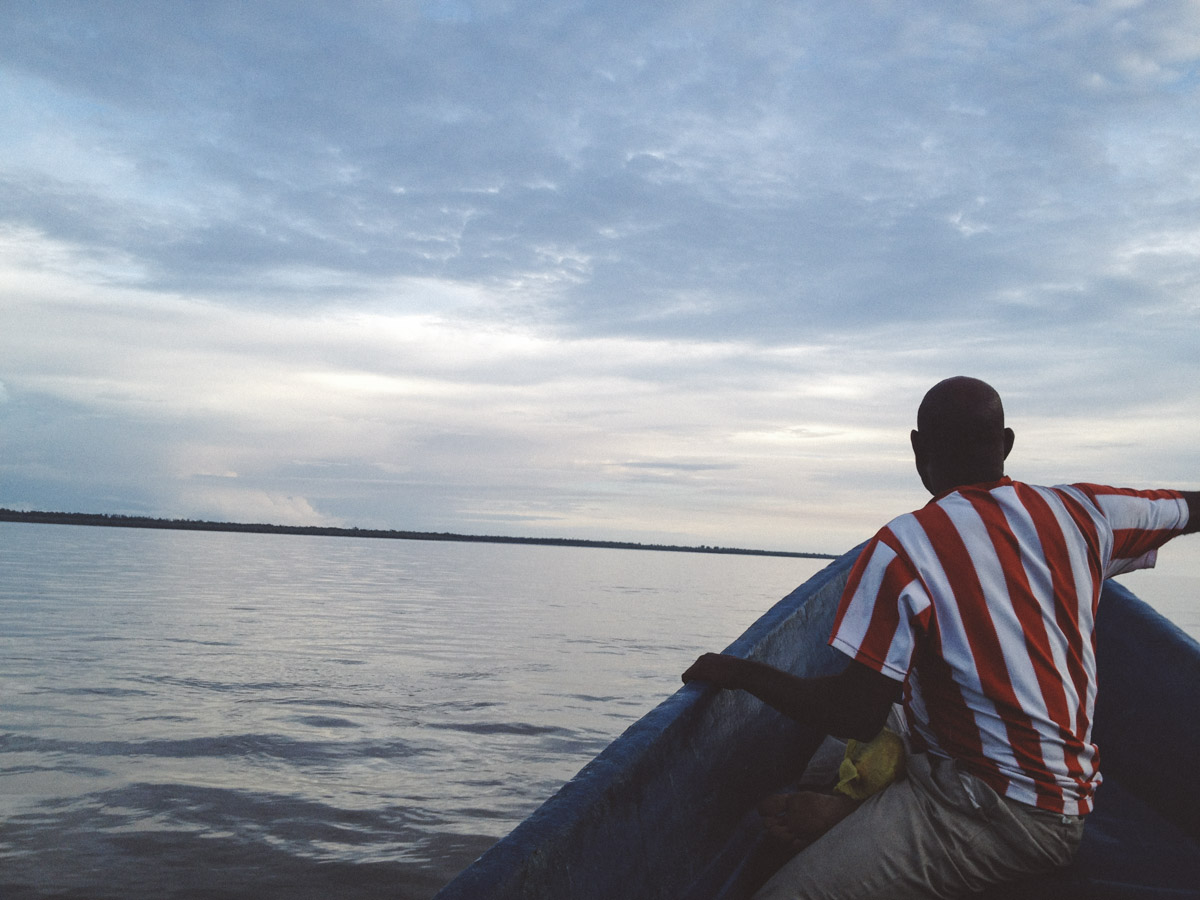


There are unforgettable and horrifying scenes here in this spare and sombre memoir of this experience of the hanging of a child, of his first farewell with his father who leaves him an inheritance of a knife and a spoon, and of his last goodbye at Buchenwald his father's corpse is already cold let alone the long months of survival under unconscionable conditions. He was the only one of the family to survive what Francois Maurois, in his introduction, calls the "human holocaust" of the persecution of the Jews, which began with the restrictions, the singularization of the yellow star, the enclosure within the ghetto, and went on to the mass deportations to the ovens of Auschwitz and Buchenwald. He never loses sight of his goal, but Hoffman is also sympathetic to the plight of the Asmat people, who themselves were changed by the events of 53 years ago: “The world had been one way when Michael Rockefeller came to Asmat, another by the time he was dead.”Ī searching, discomfiting journey yields an elegant, memorable report.Įlie Wiesel spent his early years in a small Transylvanian town as one of four children.

But why? In a daring ethnographic turn, Hoffman spent months among the descendants of killers, lending specific weight to the old clashing-of-worlds trope and addressing questions of why people go to war, commit cannibalism and other tangled matters. Moreover, he notes, it was an open secret that Rockefeller had been killed after having been plucked from the sea. He encountered evidence that the young man’s end was greatly different from the one depicted in the official records.

National Geographic Traveler contributing editor Hoffman ( The Lunatic Express: Discovering the World…via Its Most Dangerous Buses, Boats, Trains, and Planes, 2010, etc.) writes that, all this time later, the story compelled him: “I was a half-Jewish middle-class mutt with a public education, not a blue-blooded scion, but Rockefeller’s journey resonated with me.” Empathetically channeling Rockefeller as someone who wasn’t out in such remote territory merely to acquire stuff but was instead challenging himself in anything but the privileged surroundings of his youth, Hoffman set out to reconstruct that last voyage. Dutch officials (for this was still colonial territory in 1961) eventually reported that the renowned explorer and collector of so-called primitive art had drowned. Michael was 23 when he disappeared off the coast of southwestern New Guinea, having nearly made land after swimming for 18 hours when his catamaran capsized. A bare-knuckle, adventure-filled journey in search of the answer to a half-century–old cold case: Whatever happened to Nelson Rockefeller’s son, Michael?


 0 kommentar(er)
0 kommentar(er)
